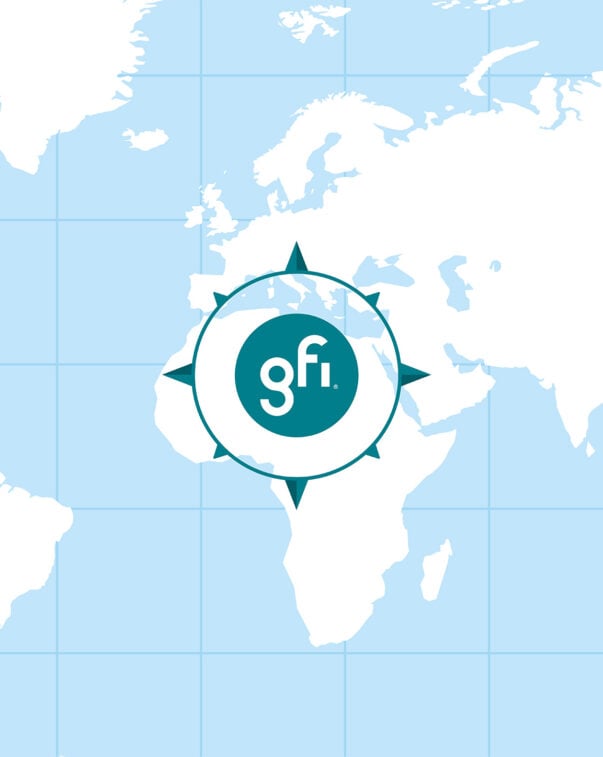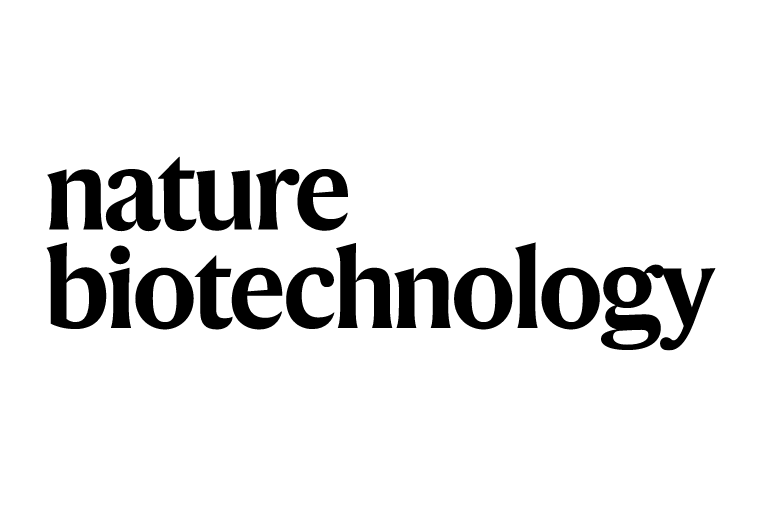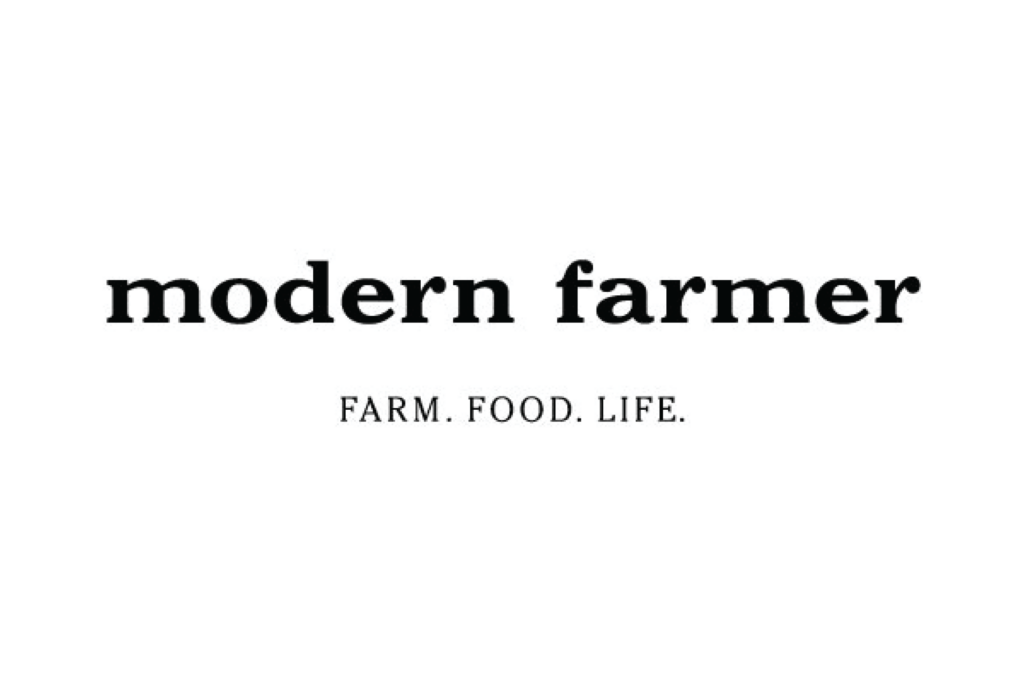Reporter resource: make alternative proteins part of your climate story
We can’t tackle the climate crisis without transforming our global food system. Explore why alternative proteins are a critical piece of the climate puzzle and find inspiration for future stories.

Why alternative proteins?
Just as the world is changing how energy is produced, we need to change how meat is made – that’s where alternative proteins come in.
Animal agriculture—including the crops and pastures to feed those animals—accounts for between 12 and 20 percent of all global emissions (FAO, Nature Food).
Even if fossil fuel emissions halted overnight, emissions from our global food system alone make meeting the Paris Agreement impossible.
To meet growing demand, meat production is projected to increase by at least 50 percent by 2050 from 2012 levels.
What alternative proteins bring to the table
- Alternative proteins—meat made from plants, cultivated from animal cells, or produced via fermentation—are nature-positive proteins that can satisfy growing demand, reduce pressure on the planet, and enable sustainable agriculture.
- Alt proteins are a critical component of the many mitigation strategies needed to address the climate crisis. While campaigns focused on energy efficiency, improved public transportation, and reduced meat consumption are extremely valuable, we are unlikely to convince a majority of global consumers to consume less energy, drive less, or eat less meat. According to Boston Consulting Group, at 11 percent market penetration, alternative proteins would have the climate mitigation impact of totally decarbonizing air travel—and this doesn’t include the sequestration potential of land freed up by decreased grazing and feed crop production.
Defining alternative proteins
- Plant-based meat looks, tastes, and cooks like conventional meat but is made entirely from plants. Compared to conventional meat, plant-based meat uses up to 91 percent less land, 96 percent less water. A transition to plant-based proteins could slash emissions by 94 percent and reduce the amount of land needed to feed the human population by as much as 75 percent—the equivalent area of North America and Brazil.
- Cultivated meat is the same as the beef, pork, chicken, and fish we eat today—but grown directly from animal cells, without antibiotics. Cultivated meat requires up to 90 percent less land than conventional beef, and could reduce air pollution by up to 94 percent. When produced with renewable energy, cultivated meat could cut emissions by 92 percent compared to conventional beef.
- Fermentation is a powerful, flexible process for using microorganisms to produce alternative proteins. Used in food production for millennia, fermentation offers several advantages that can further increase the efficiency of the alt protein sector as a whole. Substituting just 20 percent of beef with microbial proteins from fermentation could cut deforestation in half by 2050.

How alternative proteins fit into your climate coverage
Animal agriculture alone accounts for up to 20 percent of all emissions – yet a 2023 study from Sentient Media and Faunalytics found that out of 1,000 climate articles surveyed, just 7% of them mention animal agriculture. And, within that coverage, much of the reporting covers climate impacts on livestock rather, than how meat production is a source of greenhouse gas emissions.
There is also a clear knowledge gap when it comes to consumer awareness of animal agriculture’s role in the climate crisis — 40 percent of respondents to a recent Newsweek poll said they believe eating less meat would not reduce climate emissions.
What does this mean for you? A major storytelling opportunity.
In-depth environmental journalism and solutions-focused reporting are more important than ever. Explore below for inspiration and connect the dots between alternative proteins and some of today’s most urgent global challenges.
Can transforming what’s on our plate help prevent the next pandemic?
Problem: Drug-resistant superbugs and zoonotic diseases only emerge when certain conditions exist, and right now our food system is giving them ample ways to thrive. Most Americans don’t attribute their food choices to outbreaks like bird flu – and very few news stories are connecting these dots.
Solution: According to a report from ILRI, CGIAR, & UNEP, two of the seven most likely causes of the next pandemic are increasing demand for animal protein and industrial animal farming. Alternative proteins offer a way to feed more people with fewer resources—while also reducing pandemic risk. As governments across the UK, Europe and Asia are investing in these innovations, U.S. public health leaders must do the same to build a safer, more resilient food system.
Dive Deeper: Learn more about how reimagining protein can reduce the risk of new diseases and future pandemics.
What is agriculture’s role in the shrinking Colorado River basin?
Problem: The Colorado River basin provides water to nearly 40 million Americans. And it’s drying up. Nearly 80 percent of total water consumption in the basin is used for agriculture, with roughly half of that going toward the production of alfalfa hay for livestock
Solution: A shift toward alternative proteins would free up significant land and water resources currently being used to raise animals for traditional meat and dairy. Switching from conventional meat to plant-based meat reduces water use by up to 72 percent for chicken, 87 percent for beef, and 81 percent for pork (source.)
Dive Deeper: Learn how farmers can play a role in this transition.
What is missing from the global food security conversation?
Problem: COVID-19, the Russian invasion of Ukraine, the ongoing conflict in the Middle East and extreme drought have brought food insecurity to the forefront of many headlines in recent years. How will countries be able to feed their citizens in a time of crisis, when land and resources are scarce?
Solution: Shifting from industrial animal agriculture to alternative proteins is a powerful way to strengthen global food security. Today, one-third of the world’s grain goes to animal feed, with most calories lost in conversion— even the most efficient livestock, chickens, require nine calories of feed for just one calorie of meat. Scaling alternative proteins can help create a more resilient and resource-efficient food system.
Dive Deeper: GFI founder and president Bruce Friedrich, and former U.S. deputy assistant secretary of state Nigel Purvis put forth alternative proteins as a key food security solution and call for government action in this Foreign Policy op-ed.

What alternative proteins solve for
We can’t solve some of the biggest challenges facing our world today—from climate change to biodiversity loss to food insecurity—without reimagining how meat is made.
Learn how alternative proteins offer a solution to some of the most pressing problems of our time.
Climate
Today, food and agriculture account for a third of all global emissions. Animal agriculture alone—including the crops and pastures to feed those animals—is responsible for between 12 and 20 percent of all emissions. A solution? Change how meat is made.


Compared to conventional meat, plant-based meat uses up to 91 percent less land and 96 percent less water. Cultivated meat requires up to 90 percent less land than conventional beef, and could reduce air pollution by up to 94 percent.
Making meat without the animal can help us meet our obligations under the Paris Climate Agreement alongside other solutions, like ending our reliance on fossil fuels. But a world without fossil fuels is not enough. A study led by Oxford University found that even if fossil fuel emissions were eliminated immediately, the world cannot stay below 1.5° of warming without making meat differently.
Biodiversity
The facts are clear: our global food system is the primary driver of biodiversity loss, with agriculture alone threatening more than 85 percent of the 28,000 species at risk of extinction. According to the UN Environment Programme (UNEP), we must restore at least a billion hectares of degraded land to meet the Paris Agreement and slow the rate of species extinction. Yet changing how we make meat is not yet prioritized by many who are seeking to protect the world’s biological diversity.
A 2022 study in the journal Nature documented how substituting just 20 percent of beef with microbial proteins from fermentation could cut deforestation in half by 2050. Alternative seafood can ease the burden on our overfished oceans and help preserve wild fish stocks for the coastal communities that rely on them to survive. By supporting a shift to alternative proteins, biodiversity groups big and small can free up massive amounts of land and water for restoration and recovery.
Food security
The inefficient process of cycling crops through animals is one of the key drivers of food insecurity. Today, more than three-quarters of our agricultural land is used to produce meat, dairy, and eggs, yet animal products account for less than a fifth of the global calorie supply. Meanwhile, one-third of all staple crops grown today are fed to farmed animals, while one in nine people around the world is undernourished. Given finite land and water, a growing global population, and crisis-level food security issues, we can no longer afford the inefficiencies and risks of cycling crops through animals to produce protein.
But more efficient ways of producing protein exist that can enhance food security even in land- and water-constrained environments. Alternative proteins play a critical role in a secure food supply that’s equipped to feed a growing world. Alt proteins can be globally scalable and regional—produced by both large companies and by small-scale farmers with indigenous crops adapted to local climates and suited to the needs and tastes of local communities.
Global health
According to the UNEP and the International Livestock Research Institute, increasing demand for meat and today’s unsustainable methods of meat production are two of the seven most likely causes of the next pandemic.
Antibiotic overuse is leading to antibiotic-resistant superbugs that already kill more than a million people a year. Wave after wave of avian flu, swine flu, and other viruses will continue with business-as-usual industrial animal agriculture. High population densities, prolonged heightened stress levels, poor sanitation, and unnatural diets create perfect conditions for viruses to leap from livestock to humans.
A solution? Reduce the world’s reliance on a key driver of antibiotic resistance, new diseases, and pandemics: raising animals for food. Given growing global demand for meat, eggs, and dairy, a large-scale shift to alternative proteins will be central to mitigating the risk of antibiotic resistance and future pandemics while feeding a growing population.

The alternative protein ecosystem
Curious to see if there is a researcher, student group or company in your region? Check out our ecosystem map to visualize and interact with geographical hot spots of alternative protein activity around the world.
Alternative proteins in the news

Writing a story?
Contact us at media@gfi.org. You can also subscribe to our newsletters and Substack or follow us on Bluesky, X or LinkedIn to stay up to date on the latest alt protein news.
Related resources

Cultivated meat media kit
Cultivated meat stands to transform our global food system. Learn the basics and dig into the latest updates on this game-changing protein alternative.

Media
Alternative proteins are hot topics in the media today. We’ve curated resources to help reporters understand and tell these stories.

Experts
Our team of scientists, lawyers, analysts, and business strategists is accelerating alternative protein innovation. Meet our experts.

Climate solutions
Alternative proteins play an essential role in meeting global climate goals. Learn more about what you can do to help change how meat is made.








